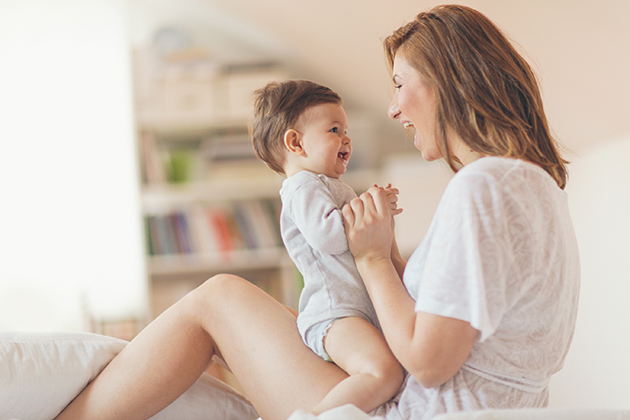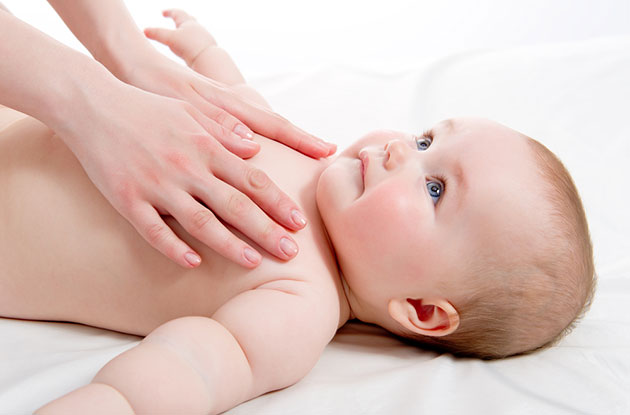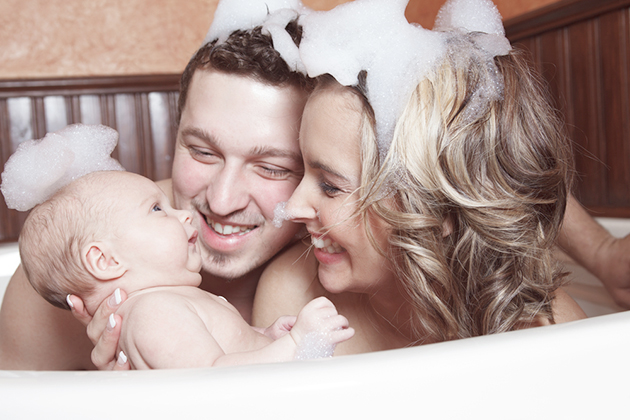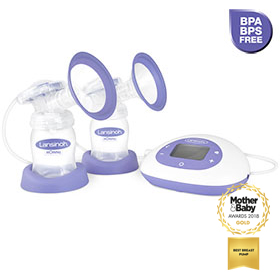Advice Articles
- Home
- Advice Articles
- Postnatal
- Separation anxiety – how to raise a secure child
Separation anxiety – how to raise a secure child

Have you spoilt your child by being too responsive to his/her needs? Has something scary happened to them to cause this distress?
The answer is ‘no’. Your little one is simply experiencing something called ‘separation anxiety’ and it is entirely normal, even beneficial.
What is separation anxiety?
● It is a normal phase in child development, commonly seen between the ages of 8 months to 2 years of age
● A sign that your child has worked out they are separate/can be separated from you
● Awareness about who are their nearest and dearest
● Your child’s brain is forming connections enabling him/her to form a firm, secure attachment base to their loved ones
● A secure attachment base shapes ability to become independent
● The more responsive the parent is during this crucial phase of child development the more potential for a child to become confidently independent, however counter-intuitive that may seem.
What are the signs of separation anxiety?
● Signs of distress of anxiety when separated from you
● Clinginess, suddenly just popping to the loo or going to put the kettle on has the potential to cause distress
● Only you will do, even dad is not good enough for comfort anymore
● Sometimes even a stranger looking at your little one or saying hello causes upset
Separation anxiety eventually lessens and mostly disappears around the age of 2, though most likely will reappear periodically in stressful situations, such as illness, strange environments, developmental spurts etc.
As separation anxiety is entirely normal, there is no need to fight it, ignore it or worry about it.
Some things can be helpful when dealing with separation anxiety:
● Acknowledge it. Don’t ignore it.
● Reduce it by avoiding situations that trigger it, or take your baby with you, perhaps in a sling.
● Respond to your little one’s needs as soon as possible. Feed when they need feeding, comfort when they cry, change them when they need a clean nappy. This teaches that you are there for your baby and that you can be relied upon. This helps foster a secure attachment base in your baby.
● If ever you need to leave your little one, leave them with a trusted caregiver, tell them that you will be back and leave when they are aware of it. Then return as quickly as you are able. This shows that you always come back.
● Some babies find a comfort object such as a blanket, soft toy or an item of your (worn, so it retains your scent) clothing helpful when separation is necessary.
● Playing ‘peekaboo’ may help some children become more comfortable with you disappearing for a little while.
The phase of separation anxiety can be difficult and frustrating at times, but if you continue to stay in tune with your baby and respond to his/her needs, as counter-intuitive as that may seem, both of you will emerge from this phase with the knowledge that you have helped your child become securely attached to you. This secure attachment will act as a base from which your little one can develop independence with confidence, the ultimate pay off!
Related Categories
Related Articles
-

Avoiding Food Allergies
Families with a history of eczema, asthma and food allergies are advised to breastfeed...
Read More -

Baby Massage – How To
Helps the baby to develop mentally, physically and socially Keeps the baby more relaxed ...
Read More -

Breastfeeding and Teething
Teething is a very common cause of unsettled behaviour in your baby between the...
Read More -

Co Bathing
Particularly in the early weeks, baths are not essential for your baby. If you...
Read More
You May Also Need
-

2 in 1 Double Electric Breast Pump
Lansinoh’s 2-in-1 Electric Breast Pump is the very best option for mothers who want comfort, flexibility... View -

calming lavender shampoo & bodywash
... View -

Feeding Bottle with NaturalWave® Teat
In order to achieve your breastfeeding goals, you may choose to express your precious breast milk and... View -

Moisturising Shea Butter Massage Oil
... View
